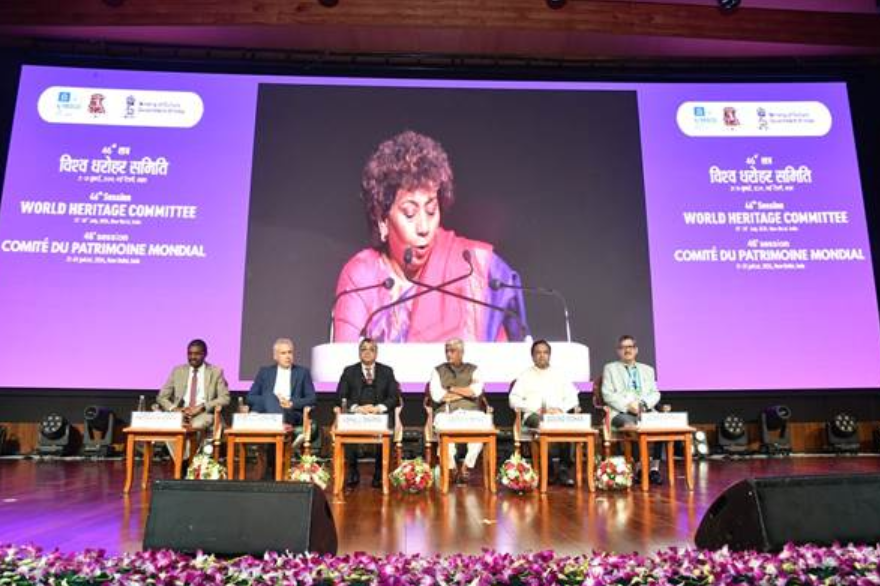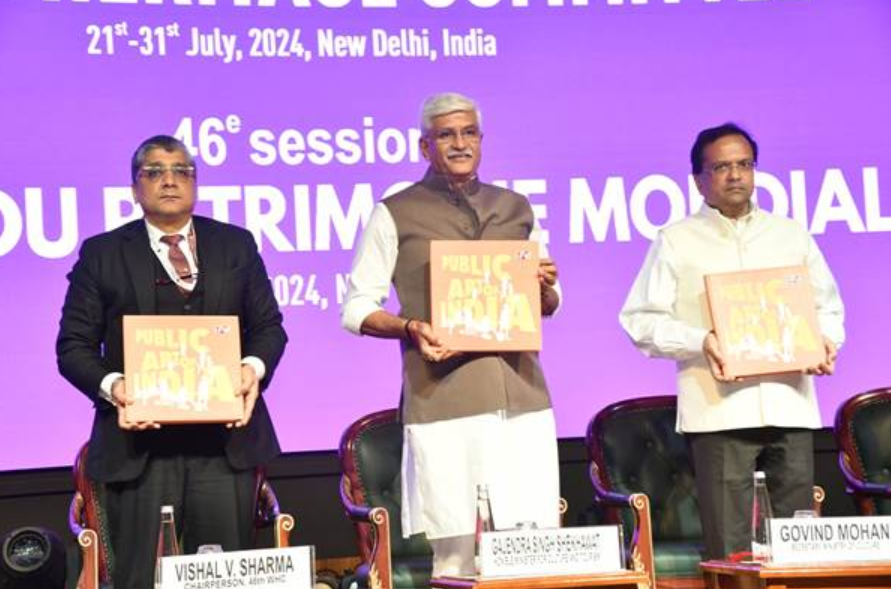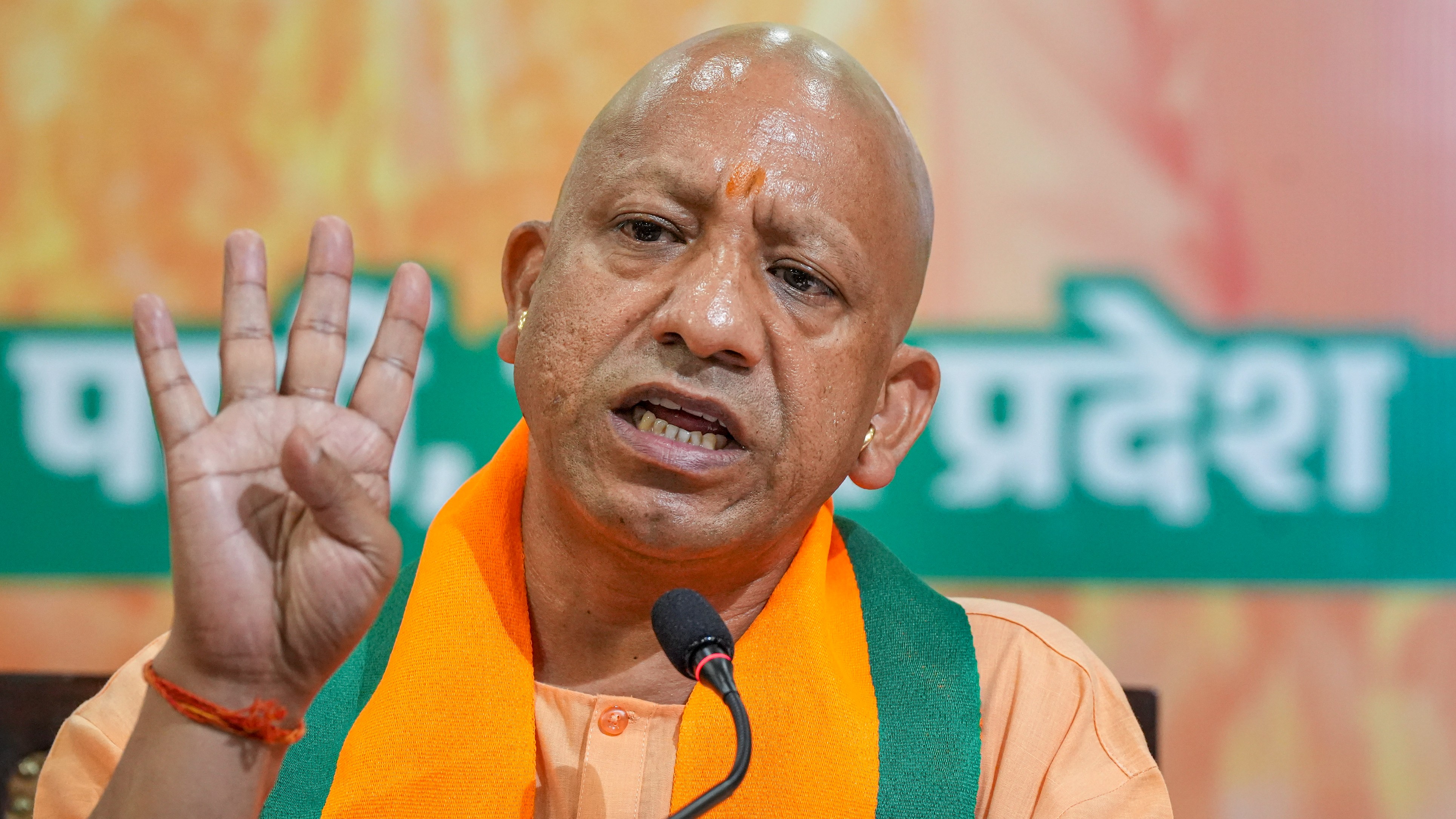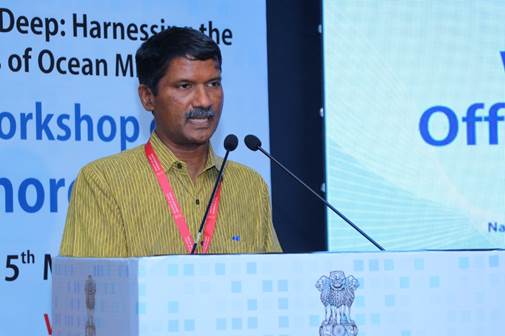The 46th Session of the World Heritage Committee concluded on a high note, marking a significant milestone in global heritage preservation. Held at Bharat Mandapam, this year’s session was historic as it was the first time India hosted this prestigious international assembly. The closing ceremony saw the presence of Union Minister of Culture and Tourism, Shri Gajendra Singh Shekhawat; H.E. Vishal V. Sharma, Chairman of the WHC; Mr. Lazare Eloundou Assomo, Director of the WHC, UNESCO, and other key dignitaries.

Celebrating Cultural Heritage
Minister of Culture and Tourism Shri Gajendra Singh Shekhawat addressed the closing ceremony, acknowledging the swift organization of the event by the Ministry of Culture and the Archaeological Survey of India. He also lauded the successful execution of Project PARI (Public Art of India), which celebrates India’s public art inspired by its rich heritage. The event featured the launch of PARI’s catalog, showcasing various artworks and installations across the National Capital by artists from all over the country.
Inaugural Highlights
The session was inaugurated by Prime Minister Shri Narendra Modi, alongside UNESCO Director-General Audrey Azoulay and other international dignitaries. In his keynote address, Prime Minister Modi emphasized India’s deep connection to its cultural heritage and its pivotal role in global conservation efforts. He underscored the country’s commitment to protecting and promoting heritage while balancing sustainable development, encapsulated in the theme “Vikas Bhi Virasat Bhi” (Development and Heritage).
Prime Minister Modi also announced several initiatives to enhance global cooperation in heritage preservation, inviting international delegates to explore India’s rich historical landscape through specially curated tours and exhibitions.
New Additions to the World Heritage List
A major highlight of the session was the approval of 24 new sites for inclusion on the World Heritage List. Among these, India’s Moidams—the ancient burial mounds of the Ahom Dynasty in Assam—were recognized for their historical significance. This addition brings India’s total number of World Heritage sites to 43, underscoring the country’s rich cultural and historical heritage.
Conservation Efforts and International Assistance
The committee reviewed the state of numerous existing World Heritage sites, particularly those deemed at risk. Key decisions were made regarding their conservation status and necessary interventions to ensure their preservation, reflecting the international community’s commitment to protecting these invaluable cultural and natural resources.
The session also addressed various requests for international assistance, highlighting the crucial role of financial and technical support in heritage preservation. Notably, India pledged $1 million to the UNESCO World Heritage Centre to enhance capacity-building initiatives and support conservation projects in developing countries.
Forums and Cultural Exhibitions
The session featured several forums dedicated to different aspects of heritage management, including the Young Professionals Forum and the World Heritage Site Managers’ Forum. These forums provided platforms for exchanging knowledge and discussing best practices among emerging professionals and experienced site managers.
Accompanying the main session were cultural exhibitions and side events showcasing India’s diverse heritage. These events included displays of repatriated artifacts, traditional crafts, and innovative approaches to heritage preservation, offering delegates a broader perspective on India’s cultural landscape.
The successful conclusion of the 46th World Heritage Committee Session in New Delhi underscores India’s growing influence in global heritage conservation and its commitment to preserving and promoting its rich cultural heritage.




